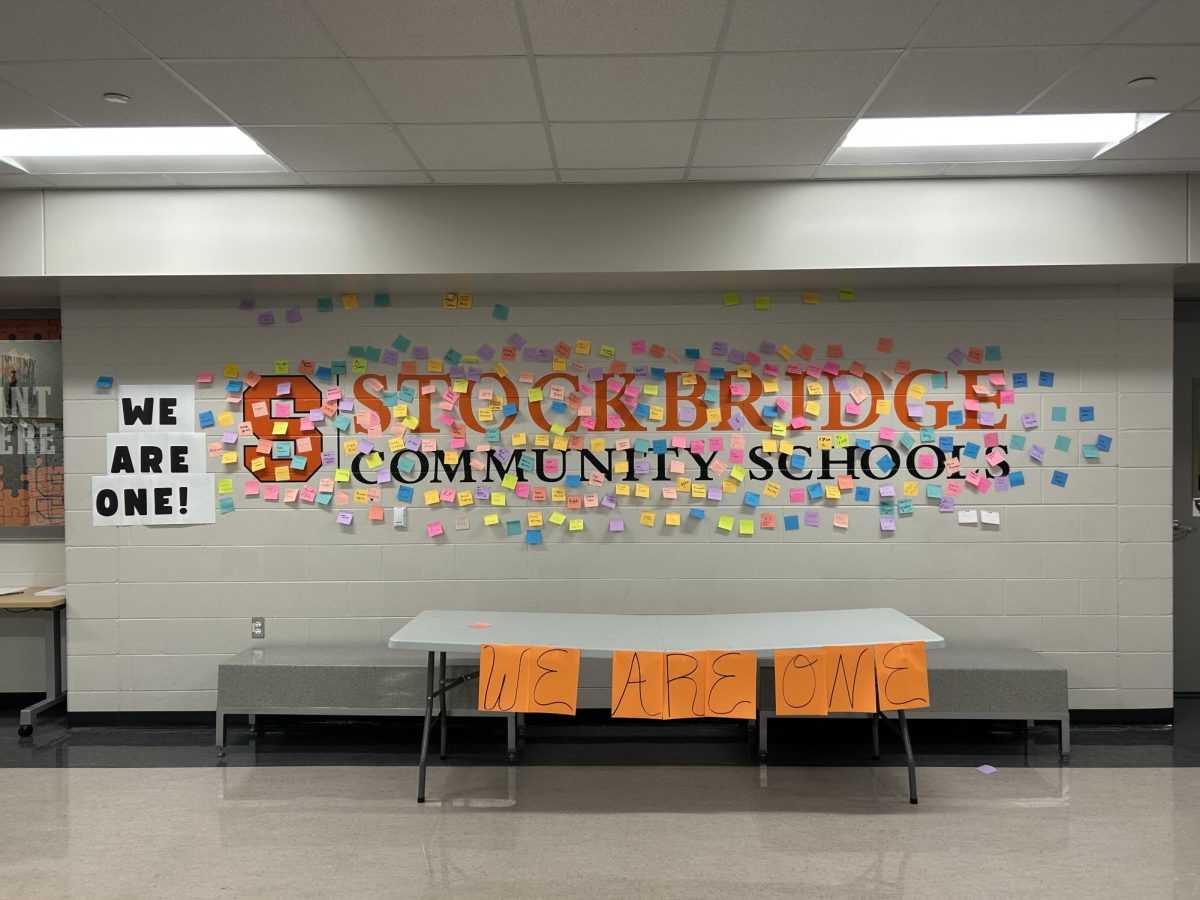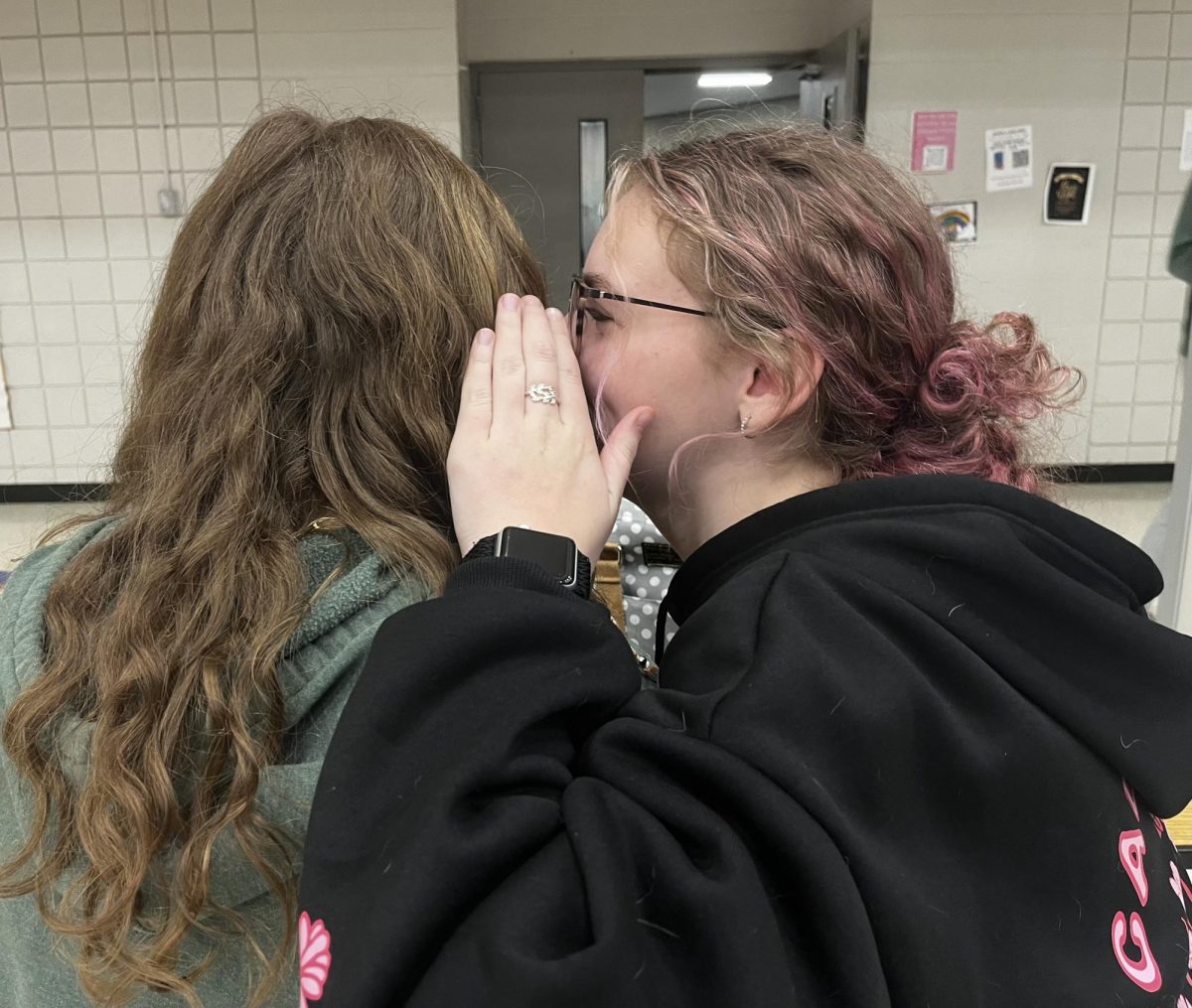When you’re in the classroom working and you glance around, everyone looks the same. But, behind that student, there are so many things we don’t know and see. Some kids need extra guidance and support, which is why many students have an IEP or 504.
An IEP is an individualized education program, which is a document that outlines a student’s educational needs, goals and any programs and services the intermediate school district will provide.
504 plans are listed accommodations that are used to help students with learning issues or physical disabilities who may not be eligible for an IEP (not all IEP and 504 plans are for actual learning disabilities).
Special Educators work closely with students, their family, and other stakeholders to identify student strengths and needs in order to create these specialized plans.
However, even if an IEP or 504 plan is set up for a student, it isn’t always accommodated.
For neuro-typical learners, school can already be very stressful with homework, tests, studying, etc. Imagine if the student is neuro-divergent. Not only do they have to juggle the typical responsibilities as a student, but other hardships the average student might not have to face on a day to day basis as well. Students shouldn’t have to worry about their accommodations being met, which might include getting extra time on assignments or tests, going to a separate room to take a test, notes being taken for them, instructions read to them, being able to use a calculator on tests, taking a break from the room to take a walk and so many more. Students who have IEPs and 504s shouldn’t have to be worried about accommodations and other needs constantly when they are trying their best to learn.
“One of my greatest challenges as a teacher is having enough hours in the day. I want to spend meaningful time with each one of my students,” special educator Naomi Carson said. “Forming positive relationships and getting to know each student’s interests is really important.”
Although many students’ needs and accommodations get overshadowed, there are some teachers who do want to help their students. These teachers make it easier for the students because they are following the plan, listening to what the students need, and even will adjust the plan at times. It makes sense for all teachers to do this because as the name implies, IEPS are meant to be individualized for each student. So, when teachers solely abide by the plan and don’t listen to their students’ needs in real time, it seems like they are meeting the minimum requirements rather than what the student feels is best for him or her. So, the question is, what happened to the individual part of IEP?
We understand that it is hard to maintain consistency with teacher shortages. It makes sense why it would be difficult to give a student with an IEP or 504 plan a reliable person to go to or making sure that a student is getting what they need when staff is constantly leaving and coming in. We also understand that teachers are busy, so listening to every student can be difficult, but it isn’t beneficial for the student when there is inconsistency and no flexibility, which can cause them to be unsure about what they need to do or say.
Having half of your teachers being very diligent about making sure a student gets their accommodations met in class and the other half expecting the student to advocate for themselves and make sure they get their accommodations, is quite frankly, frustrating. When a student does try to say what they think is best for themselves in a situation and the people assigned to implement the student’s IEP or 504 plan have already made up their mind about what they think is best for the student, it becomes even more frustrating.
When education plans are not met for students in real time, it makes you ponder why anyone would waste their time and energy into creating a plan in the first place. If the goal is to make sure that the student has a fair shot at learning then it is essential for those plans to be followed in every class by every teacher, every day. It appears as though there is a lack of communication between the staff members who create the plan and the staff member who implements the plan, which leaves the student feeling like there is miscommunication between all parties – the creators, the implementers, and the student. Now, the question is, how are we going to make sure we find a solution to the issues at hand and allow for students’ plans to be met faithfully?






